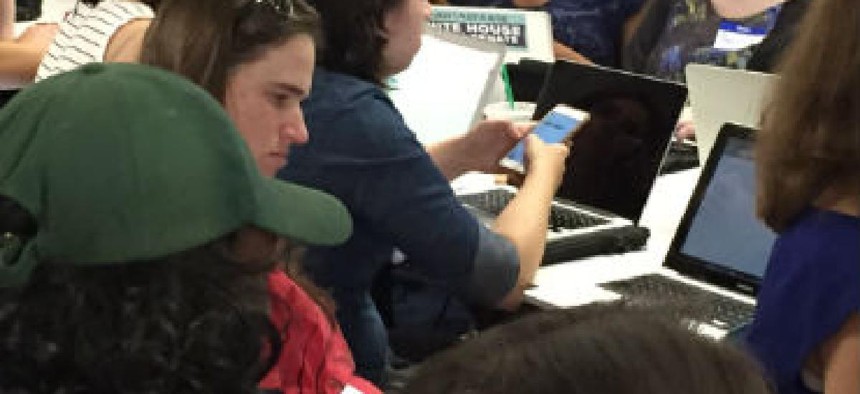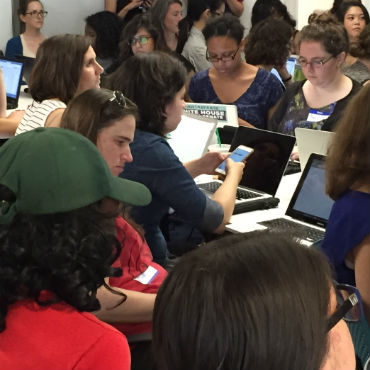4 tips for pulling millennials into the workforce

Making agencies more appealing to the youngest generation of workers has the added benefit of strengthening the entire federal workforce.

A 2015 report by the Pew Research Center declared that millennials had surpassed Generation X as the largest share of the American workforce. That prompted still more media coverage, discussion and analysis on how to attract and retain a millennial workforce.
Clearly, there is no simple way to make effective use of new talents while preserving the expertise from previous generations, but the experiences and success of several colleagues in our community prove that we can find that balance. In fact, certain facets of government work could be an advantage in this regard.
With that in mind, here are a few suggestions that could be helpful in attracting and retaining not only millennials but employees of all generations to enable a modern and flexible workforce.
- Reset and align expectations. Managers should accept that millennials might not commit to staying at a particular job for more than a few years and should try to make those workers as effective as possible during the time they are with the organization. By doing so, leaders might end up inspiring those employees to stay. The key is to recognize that millennials have high expectations of how they will progress through their careers and want to understand their leaders’ expectations, too.
- Don’t stereotype. It would be a mistake to give credence to stereotypes that millennials have an easier path to jobs than previous generations, that they are interested only in money or that they don’t work as hard but still want to achieve executive status within days of their arrival.
One of my nephews is talented, thoughtful, humble and hardworking. But within four years of his graduation, he has moved to four cities and worked for three employers as he followed opportunities for growth in different industries. He sees those moves as a way to meet his career goals. Many millennials are patriotic, committed workers and view government jobs as opportunities to do meaningful work (see the FCW Rising Star Award winners for examples).
We need to be aware of prejudices and avoid generalizations. Likewise, millennials should rid themselves of the mindset that older workers are irrelevant, inflexible and not savvy enough to navigate the digital world. Deep expertise, wisdom and lessons learned by those colleagues are valuable to every organization and to millennials’ growth.
- Build a collaborative, modern workforce. Leaders should clearly communicate all-encompassing, common goals to their teams and invite contributions from everyone in the organization. Moreover, those messages should be customized to the entire workforce. To reach millennials, government leaders might consider conveying those messages via social media and in mobile-friendly, crisp and succinct language.
- Don’t go overboard catering to millennials. I have seen some organizations focus on millennials at the expense of the rest of the workforce. For example, we should embrace social media and mobile devices but remember that it’s also effective to communicate via other methods. Managers should find out what tools employees prefer and not judge them for those preferences.
Millennials can bring important new skills and talents to government, but like any new employees, they must be made aware of the culture, the rules on hiring and advancement, and the organization’s deliberate processes for checks and balances. Although the rules and processes might result in a different workplace than millennials expect, they can ultimately result in a highly enriching environment where workers can make real and lasting contributions.
It’s a trade-off that can appeal to millennials in the same way it did for preceding generations.
NEXT STORY: OPM issues how-to guide for layoffs


